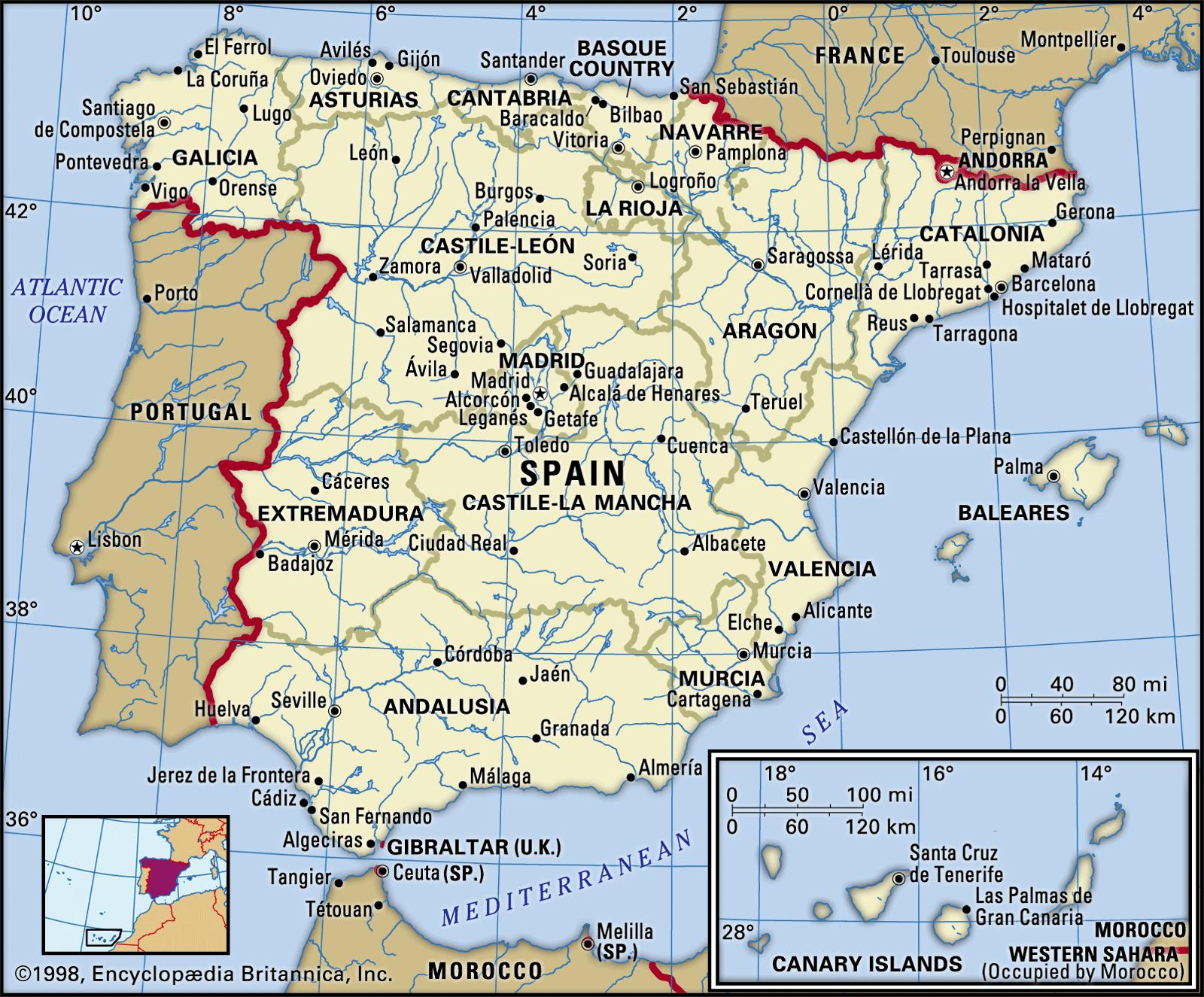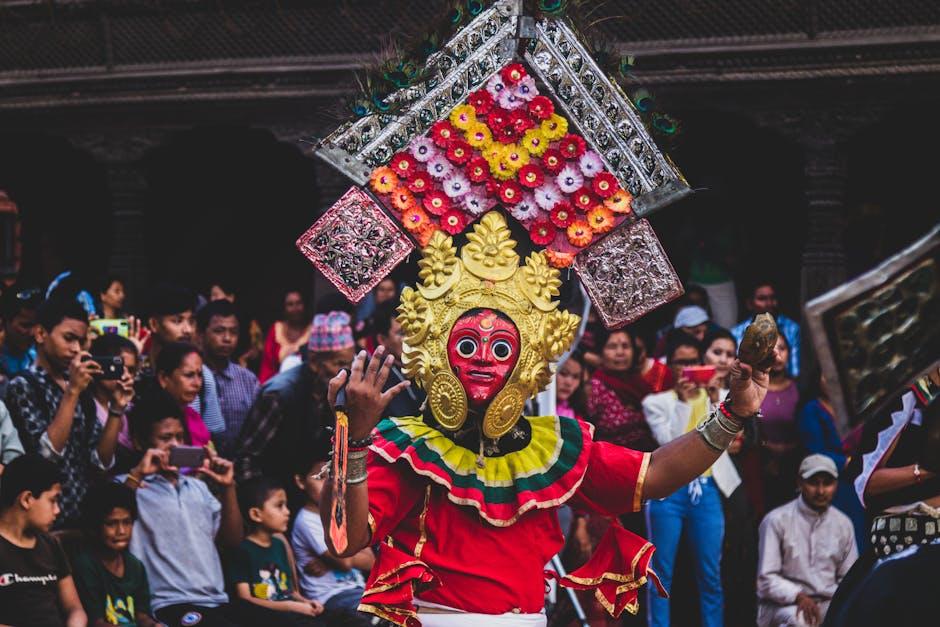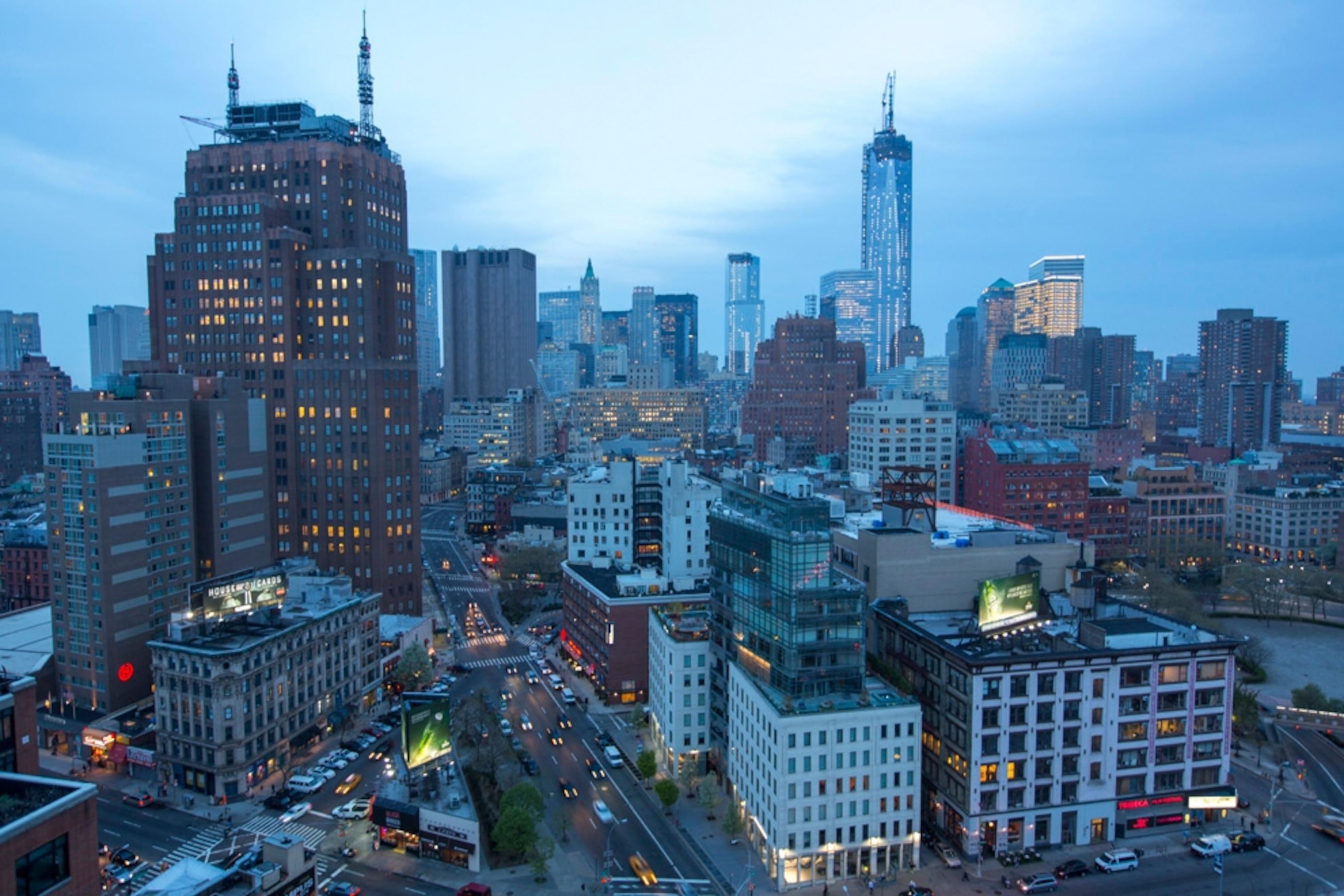In the sun-drenched lands of Spain, where ancient streets whisper tales of yore and modernity gleams in the architecture, an invisible alchemy has been at work. This transformation, subtle yet profound, has redefined urban landscapes and social fabrics, weaving a new narrative that marries wealth with wanderlust. At the heart of this metamorphosis lies the golden visa, a key turned in the lock of opportunity, quietly unlocking the gates of Spanish cities to the world’s affluent. This golden key, symbolizing more than mere transactional exchange, has helped pivot Spain’s urban centers into luxurious havens and magnets for the global elite. From the vibrant streets of Barcelona to the historic alleys of Sevilla, a mosaic of luxury, investment, and cultural exchange unfolds, illustrating a tale of urban rejuvenation and demographic shift. As we delve into the story of how golden visas have turned Spanish cities into hubs for the super-rich, we explore the multifaceted impacts of this financial phenomenon—economically, socially, and culturally—unveiling a contemporary saga where privilege and place paint a complex portrait of modern-day migration and urban transformation.
The Golden Gateway: Spain’s Cities and the Allure of Wealth
Under the warm glow of the Spanish sun, a transformation has taken root, weaving through the historic alleyways and sprawling vistas of cities like Madrid, Barcelona, and Valencia. This metamorphosis is largely fueled by the influx of international capital, funneled through the veins of the ‘golden visa’ program – a scheme designed to attract wealthy non-EU nationals by offering them residency in exchange for significant investments. As these affluent individuals and their families set down roots, the urban landscapes of Spain have begun to shimmer with a distinctly upscale sheen, revealing both opportunities and challenges nestled within the cobbled streets and modernist facades.
The allure of Spain’s golden visa program lies not only in its promise of a sun-drenched Mediterranean lifestyle but also in the strategic economic benefits it offers applicants. By investing a minimum of €500,000 in real estate, contributing €1 million to Spanish companies, or depositing €1 million in Spanish bank accounts, wealthy investors are granted a golden ticket to residency, and potentially, citizenship. This influx of wealth has catalyzed the development of luxury residential areas, high-end shopping districts, and international schools, catering to the sophisticated tastes of this new populace. Moreover, the revitalization of once-neglected areas has spurred economic growth, providing employment and boosting local businesses. Yet, this gilded narrative is not without its shadows, as concerns over rising property prices and the displacement of local communities loom large, igniting debates on the sustainability and ethical implications of commodifying citizenship.
| Investment Options | Minimum Investment Required |
|---|---|
| Real Estate | €500,000 |
| Spanish Companies | €1 million |
| Bank Deposits | €1 million |
In the golden radiance of Spain’s adoption of wealth strategies, cities have not only morphed into magnets for the super-rich but also into arenas where the global elite can flaunt their affluence, often in stark contrast to the traditional charm that once defined these locales. The golden visa, a beacon of prosperity for some, highlights a complex tapestry of outcomes – weaving together threads of opportunity and concern, as Spain navigates the gilded yet precarious balance between attracting wealth and preserving the soul of its cities.
Navigating the Golden Visa Program: From Policy to Pavement
In the vibrant heart of Spain’s urban landscapes, the Golden Visa program has been a cornerstone in the architectural and societal transformation impacting several cities. Initially introduced as a gateway to attract non-EU investors with a knack for luxury and a vision for beautiful real estate, the program successfully turned historic and charming neighborhoods into magnets for the super-rich. Along the picturesque streets of Barcelona, Madrid, and Valencia, the echoes of this policy resonate, manifesting in the form of exclusive villas, avant-garde condominiums, and refurbished classical buildings. The program entices investors through a compelling proposition: a minimum investment of €500,000 in real estate grants them, and potentially their families, a golden ticket to residency — and eventually citizenship — within the EU. This powerful lure has not only redrawn the demographic map but also redefined the urban aesthetic, catering to the tastes of those who seek both the allure of Spain’s rich culture and the comforts of high-end living.
Impact of the Golden Visa on Local Real Estate and Economy:
- Boost in High-End Real Estate Projects: The influx of wealthy investors has spurred a significant increase in luxury real estate developments. Neighborhoods once dotted with modest homes have seen a surge in upscale renovations, with amenities designed to cater to the elite.
- Rise in Property Prices: As demand from affluent foreign buyers grows, property values in prime locations have skyrocketed. This trend, while beneficial for current homeowners looking to sell, has raised concerns about affordability for local residents and first-time buyers.
- Economic Revitalization: Beyond the bricks and mortar, the Golden Visa program has injected vitality into local economies. High-net-worth individuals bring with them not only their investment in real estate but also their expenditure on goods, services, and often, their entrepreneurial ventures, further enriching the urban tapestry.
The tables below offer a snapshot of the tangible shifts in the landscape of Spanish cities, post-Golden Visa introduction:
| City | Avg. Real Estate Price Increase (%) | Number of Golden Visas Issued |
|---|---|---|
| Barcelona | 20% | 1,500 |
| Madrid | 18% | 1,200 |
| Valencia | 15% | 800 |
This emergence of Spanish cities as hubs for the super-rich, while adding layers of complexity to their social fabric, has undeniably provided a new definition of luxury living. The Golden Visa program has not only reshaped the skyline with its gleaming edifices but also the very essence of urban living, creating enclaves that thrive on the mingling of cultures, bound by the universal language of sophistication and opulence.
The Impact on Urban Landscapes: Exclusive Zones and Local Discontent
As golden visas started to mold the urban tapestry of Spanish cities, certain areas transformed into enclaves of luxury and exclusivity. These quarters, embellished with high-end facilities and manicured landscapes, became the playgrounds for the affluent, often sidelining local communities. The sparkling facades and gated compounds not only symbolized wealth but also erected invisible barriers that segmented cities into zones of affluence and areas of the ordinary. This stratification led to a stark contrast in urban development, with exclusive zones receiving more attention and investment, potentially diverting resources from other neighborhoods in need.
The rising discontent among local populations is palpable. Many residents express concerns over being priced out of their own neighborhoods, as property values soar in the wake of these developments.
| Effect | Community Response |
|---|---|
| Increased Property Value | Local Discontent |
| Shift in Local Economy | Adaptation to Serve New Demographic |
| Restructuring of Urban Landscapes | Loss of Cultural Identity |
Furthermore, the shift towards economies that cater mainly to the needs of the wealthy exacerbates the feeling of alienation among long-term inhabitants. Boutique stores, luxury dining, and high-end services proliferate, while affordable, community-oriented spaces dwindle. The cultural fabric of neighborhoods changes, leading to a loss of identity and a sense of belonging among the locals. This transformation sets a concerning precedent for urban development, prompting a dialogue about sustainability and inclusivity in the face of rapid economic change.
Toward a Sustainable Balance: Recommendations for Integrating Prosperity and Community
The influx of global wealth into Spanish cities, catalyzed by the allure of golden visas, has transformed urban landscapes, creating enclaves of luxury amid historic boulevards and quaint alleys. This phenomenon, while contributing to local economies, has also raised pertinent questions about the sustainability of such growth and its implications for community cohesion and prosperity. A balanced approach, integrating the influx of global capital with the preservation of community ethos, is crucial. Recommendations for achieving this harmony emphasize innovative urban planning, inclusive growth strategies, and fostering local entrepreneurship.
The first step towards this equilibrium involves crafting urban policies that prioritize both the preservation of cultural heritage and the accommodation of new investments. Strategies might include:
- Zoning regulations that delineate specific areas for development while protecting historical sites and local businesses, ensuring that the urban fabric retains its character amidst modernization.
- Incentivizing local entrepreneurship by providing grants and subsidies to small businesses, fostering a diverse economic ecosystem that benefits from new wealth without being overshadowed by it.
- Community engagement programs, which involve local residents in decision-making processes, ensuring that the needs and voices of the existing population guide the transformation of their cities.
This integrative approach, while challenging, presents an opportunity to reimagine urban development in a manner that respects the delicate balance between progress and preservation, wealth and community wellness. Transforming Spanish cities into hubs for the super rich need not come at the cost of losing their soul, provided these recommendations are heeded and implemented with foresight and care.
The Way Forward
As the sun sets on the terracotta roofs of Spanish cities, transforming them into golden canvases, it’s evident that the allure of golden visas has redrawn the urban landscape, turning these historical hubs into sanctuaries for the super-rich. Indeed, the narrative of Spain’s urban metamorphosis is as layered as its cities, where ancient stones now share space with the gloss of wealth and opulence. While these golden visas have woven a tapestry of prosperity, they also embroider complex patterns of socio-economic implications on the urban fabric.
The transformation is palpable, with neighborhoods that once echoed the footsteps of local life now resonating with the whispers of global affluence. The streets, lined with architectural marvels that capture centuries of history, now also reflect the shiny veneer of modern luxury. It is a juxtaposition that tells a story of change, opportunity, and challenge.
As we reflect on how golden visas have redefined urban landscapes and served as magnets for the world’s elite, it’s crucial to ponder the broader tapestry of effects on the social, economic, and cultural contours of Spanish cities. The future of these urban hubs hangs in a delicate balance, poised between preserving the rich heritage that makes them uniquely captivating and embracing the prosperity that globalization brings.
In the end, the legacy of golden visas in Spain will not merely be measured by the increased affluence or the changing skyline but by how these cities navigate the intricate dance of maintaining their soul while courting the world. As night falls and the golden hues fade into twilight, the evolving story of Spain’s urban transformation continues, a testament to the adaptability and resilience of its cities and people in the face of changing tides.




